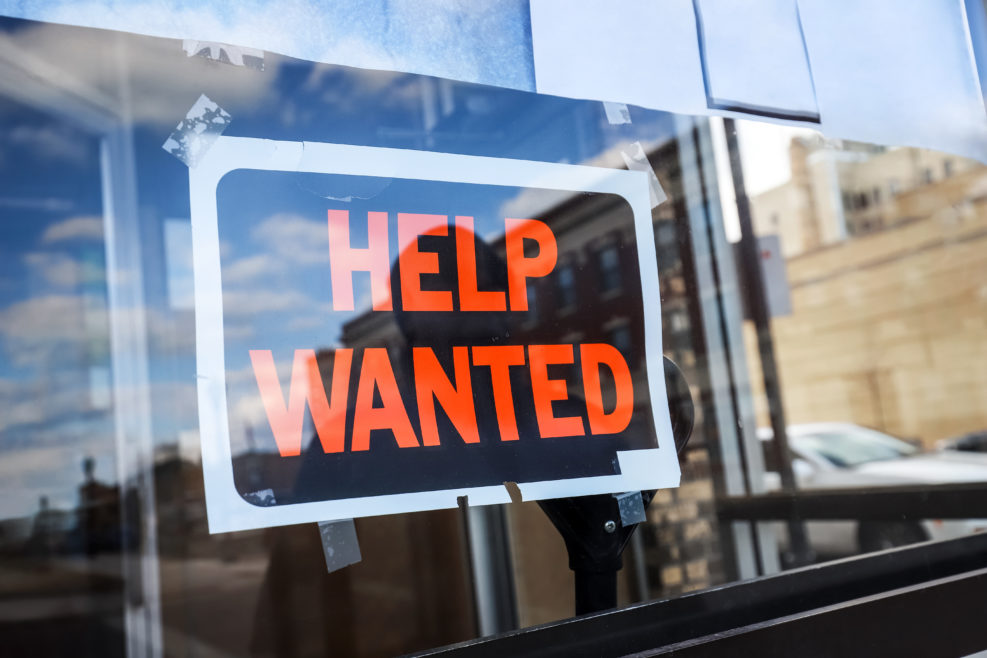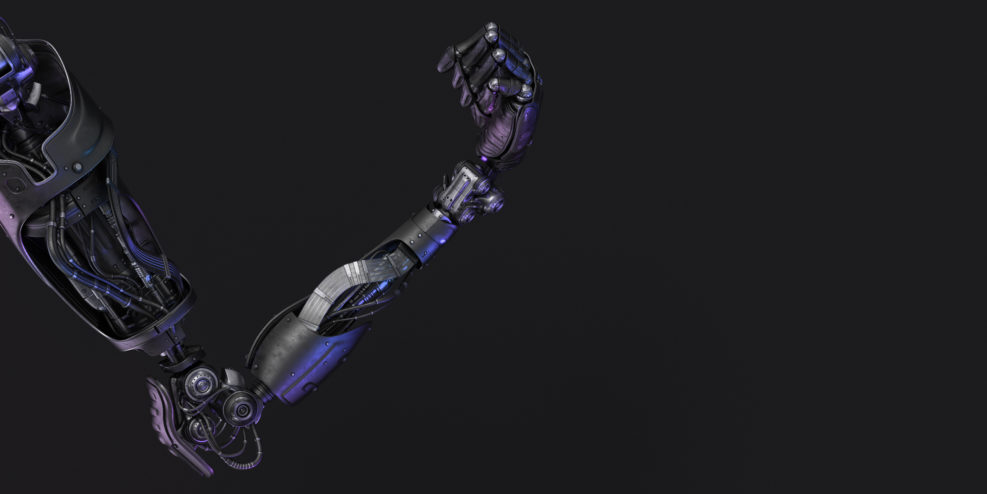
Blockchains Have NFTs Unnecessarily Tied Down
New ideas propose severing the accidental relationship between NFTs and blockchainsNon-Fungible Tokens (NFTs), for those who haven’t been paying attention, are digital collectibles that have been gaining popularity. Essentially, they allow someone to “mark” their “ownership” of a piece of cyberspace. Since their original inception in 2012, NFTs have invariably been tied to blockchain technology. However, a recent review of the technology by Bernard Fickser has shown that there is nothing inherently tying NFTs to blockchain. In fact, blockchains may be holding NFTs back considerably. (For those needing a refresher, a short guide to how the blockchain works can be found here.) In his article, Fickser notes several interesting discrepancies between NFTs and cryptocurrencies. First of all, there is a lot of technology built into cryptocurrencies to keep them anonymous, while the entire point of Read More ›


















